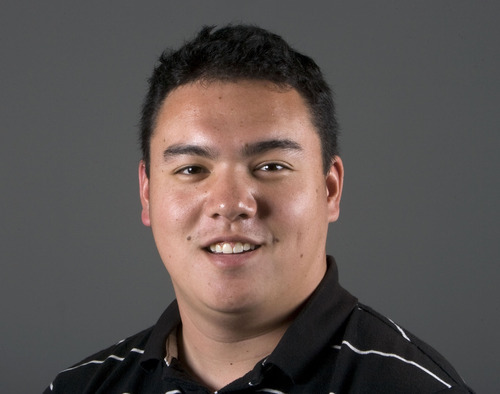This is an archived article that was published on sltrib.com in 2012, and information in the article may be outdated. It is provided only for personal research purposes and may not be reprinted.
Monday's announcement that the Dew Tour won't be back in Utah has a lot of folks adding up dollars and cents.
The most prominent ripple in the State of Sport is the loss of an event that generated millions for the state's economy. The gravity-defying stunts on the nation's premier action sports tour drew in tens of thousands of fans, not to mention great tourism exposure. As organizers are left to contemplate how to fill EnergySolutions Arena without Bob Burnquist or Bucky Lasek soaring on their skateboards, it's easy to imagine all the checkbooks walking away.
But for a state with a burgeoning corps of young action sports athletes, it might be a few years before we see the effect that losing the Dew Tour could have on their aspirations.
Take 16-year-old snowboarder Max Raymer, a Park City native who went to the inaugural Youth Winter Olympics this year. Losing the Dew Tour won't take him off the slopes anytime soon, but it sure was nice to be able to see some of his idols — and some of his close friends — compete at Snowbasin.
"It's kind of a bummer they're not going to come back," he says. "For kids who are just getting into it, being there makes you want to compete and get better. They're going to lose that now."
That impact could be quite profound. Utah annually drew some of the largest crowds of all the tour stops. In 2010, 60,500 people flocked to Salt Lake City for the summer events, and the next winter brought 44,300 fans to Snowbasin.
In a state somewhat awkwardly sandwiched between skateboard mecca California and some of the more well-known winter resorts in Colorado, the Dew Tour was a real chance not just for Utah to shine, but for the younger generation living here to get a glimpse of an exciting genre of sports. Action sports — ranging from BMX biking to snowcross, basically anything that involves hurtling through the air or zipping along a ramp — have hosted some of the most exciting pioneering going on in athletics today.
The Utah Jazz and Real Salt Lake, the two true major sports franchises in this town, have had a tangible impact on those respective sports in this state and will for years to come. There's something to be said for watching any sport live, some brand of magic that can't quite be captured on television.
With Utah's Olympic heritage and top-notch ski resorts, the state will continue to be a hotbed of young talent in winter sports. But there's a good chance some of that talent might migrate elsewhere. Teenagers who starred in the Free Flow Tour, grinding on the mountain in hopes of one day getting invited to the main stage, are now left to wonder how to compete with fewer events and less accessibility.
"It's definitely tough," Raymer says. "The guys on the tour, they're always traveling and competing so much, it's not going to affect them, just locals. With one contest now, it's a lot harder to qualify."
With less access to summer action sports, we could see fewer kids riding the rails in skate parks, or a dwindling field of extreme athletes who hope to one day touch the sky.



